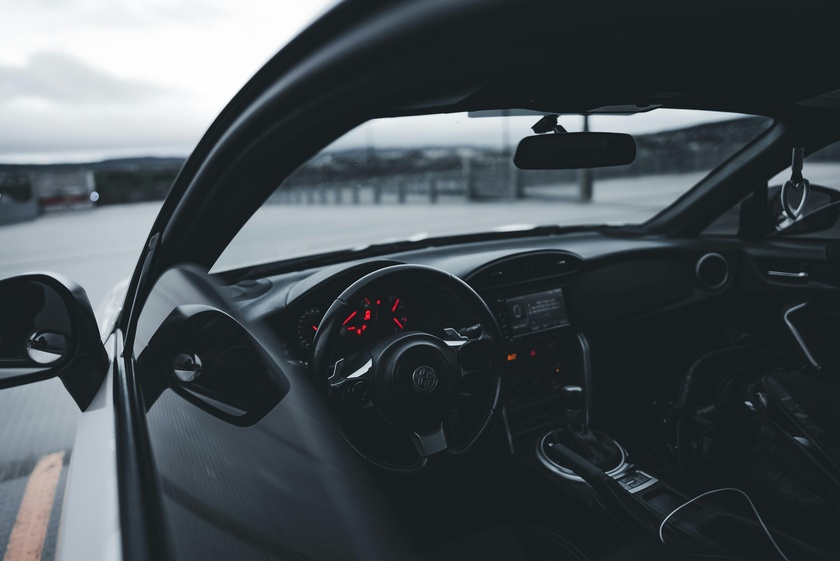
Car accidents are an unfortunate reality on the roads, leading to injuries, financial losses, and even fatalities. Understanding the common causes of car accidents can help drivers be more cautious, while knowing how to prove fault is crucial when seeking compensation. This article explores the primary reasons crashes occur and the legal steps to establish liability.
Common Causes of Car Accidents
1. Distracted Driving
One of the leading causes of car accidents is distracted driving. This occurs when a driver diverts their attention from the road, often due to:
Mobile phone use – Texting, calling, or browsing while driving significantly increases crash risks.
Eating and drinking – Consuming food or beverages can take a driver’s hands off the wheel.
Talking to passengers – Conversations can be engaging enough to cause momentary lapses in focus.
Adjusting in-car controls – Changing the radio, GPS, or climate settings can distract a driver.
2. Speeding
Exceeding the speed limit or driving too fast for road conditions is a major factor in accidents. Speeding reduces reaction time, increases stopping distances, and makes collisions more severe. Even if a driver is within the posted speed limit, driving too fast in bad weather or heavy traffic can be dangerous.
3. Drunk or Impaired Driving
Alcohol and drug impairment significantly affect a driver's ability to operate a vehicle safely. Impaired drivers experience:
Reduced reaction times
Poor judgment
Decreased coordination
Laws against drunk driving are strict, but accidents still happen. Victims of such crashes often have strong legal grounds for compensation.
4. Reckless or Aggressive Driving
Reckless driving includes excessive speeding, tailgating, weaving in and out of traffic, and ignoring traffic signals. Aggressive drivers may engage in road rage behaviors, putting themselves and others at risk.
5. Failing to Obey Traffic Signals and Signs
Ignoring stop signs, running red lights, and failing to yield the right of way cause many accidents. Such violations frequently lead to dangerous T-bone or intersection collisions.
6. Poor Weather Conditions
Rain, fog, snow, and ice create hazardous driving conditions. Slippery roads reduce traction, making it harder to stop or maneuver. Drivers who fail to adjust their speed or use proper precautions in bad weather can be held liable for accidents.
7. Vehicle Defects and Malfunctions
Sometimes, accidents occur due to mechanical failures rather than driver negligence. Common defects include:
Brake failures
Tire blowouts
Steering system malfunctions
If a defective part caused a crash, the vehicle manufacturer or a repair service could be held responsible.
8. Drowsy Driving
Fatigued drivers pose significant dangers on the road. Sleep-deprived individuals have impaired reaction times and may even fall asleep while driving. Truck drivers and those working long shifts are particularly at risk.
How to Prove Fault in a Car Accident
1. Gathering Evidence at the Scene
Immediately after an accident, collecting evidence is crucial. This includes:
Photographs – Capture images of vehicle damage, skid marks, traffic signals, and weather conditions.
Witness Statements – Eyewitness accounts can help establish what happened.
Police Reports – Law enforcement reports often contain key details about fault determination.
2. Reviewing Traffic Laws and Violations
If the other driver violated a traffic law, proving fault becomes easier. Traffic camera footage or citations issued at the scene can support your claim.
3. Using Accident Reconstruction Experts
In complex cases, accident reconstruction specialists analyze evidence to determine how a crash occurred. These professionals use physics, skid mark analysis, and vehicle damage to establish liability.
4. Obtaining Surveillance Footage
Nearby security cameras, dash cams, or traffic cameras may have recorded the accident. Such footage provides clear visual proof of fault.
5. Seeking Medical and Expert Testimony
Medical records can demonstrate the severity of injuries, while expert witnesses, such as doctors or mechanics, can provide opinions on how the accident caused damages.
6. Understanding Comparative Fault
Some states follow comparative fault rules, where both drivers share liability. Even if you were partially at fault, you might still recover damages based on your level of responsibility.
Seeking Legal Assistance After a Car Accident
If you've been involved in a crash and need help proving fault, consulting experienced legal professionals is crucial. Working with knowledgeable attorneys can improve your chances of securing fair compensation.
For those in Washington looking for legal representation, Renton car accident legal experts provide skilled guidance in handling accident claims.
Conclusion
Car accidents happen for various reasons, including distracted driving, speeding, and poor weather conditions. Proving fault requires strong evidence, including photographs, witness statements, and expert testimony. If you’ve been injured in an accident, seeking legal assistance can help you navigate the complexities of your claim and recover rightful compensation. For more information on accident statistics and safety measures, visit the National Highway Traffic Safety Administration. If you need legal assistance in your area, you can also explore resources like this lawyer directory for professional representation.

















